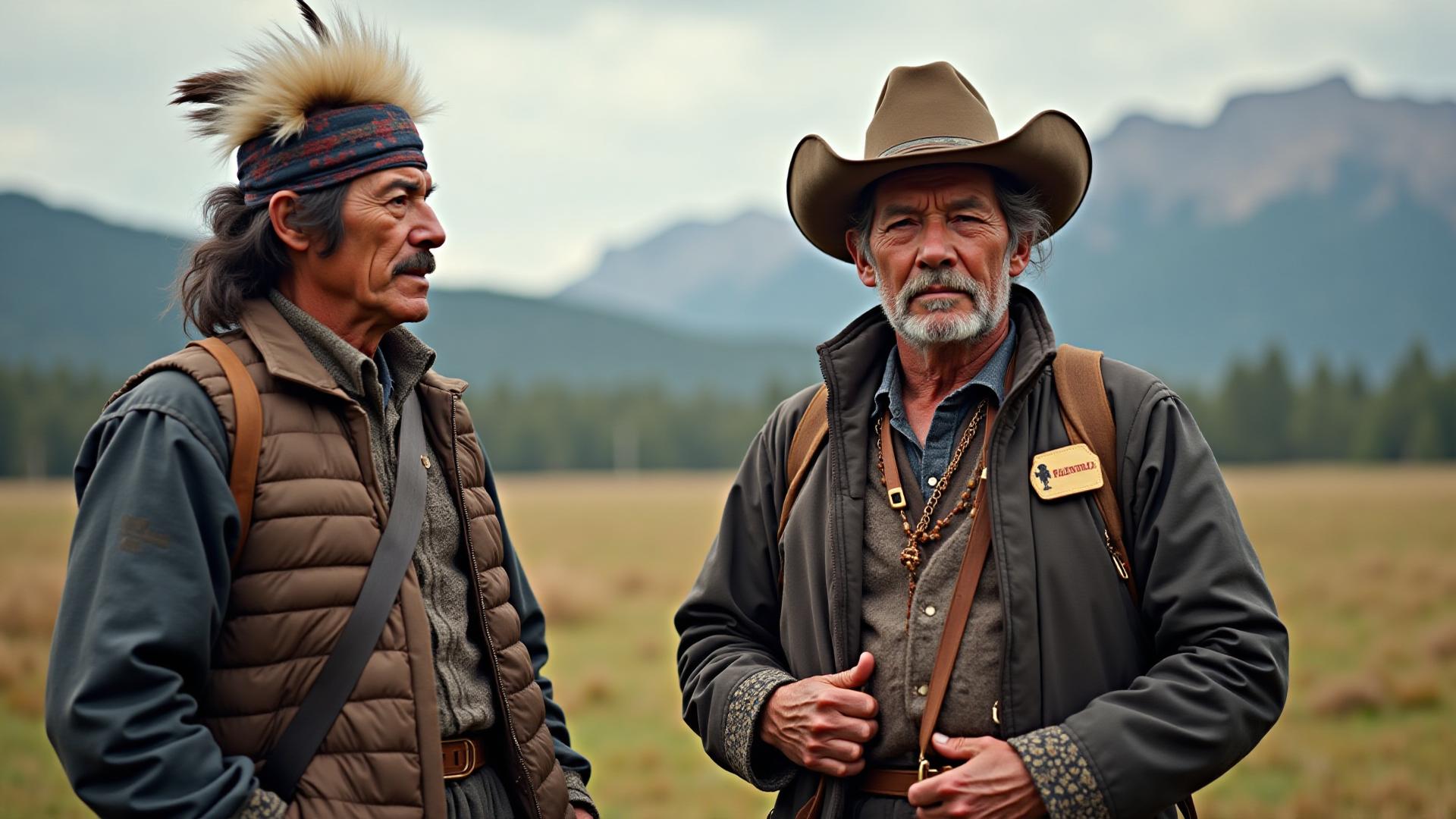While George Carmack received official credit for discovering Klondike gold, modern historians increasingly recognize that the true discoverers were Keish (Skookum Jim Mason) and Káa Goox (Tagish Charlie), members of the Tagish First Nation whose knowledge and labor made the find possible.
Skookum Jim (Keish)
Keish (c. 1855 – July 11, 1916), known popularly as Skookum Jim Mason, was a member of the Tagish First Nation and is widely regarded as one of the true discoverers of gold in the Klondike. "Skookum" is a Chinook Jargon word meaning "strong" or "powerful"—a fitting name for a man of remarkable physical strength and determination.
Early Life
- Born near Bennett Lake, part of the Daḵl'aweidi clan
- Lived by trapping, hunting, and guiding before the gold rush
- Had extensive knowledge of the Yukon territory and its seasonal patterns
- Known for exceptional strength—could reportedly carry 200 pounds over mountain passes
- Spoke multiple languages: Tagish, Tlingit, and some English
The Discovery
When the Carmack party was prospecting in the area, Jim's local knowledge proved invaluable. The discovery on Bonanza Creek is often attributed to him, or at least strongly supported by his expertise in reading the land. Many accounts suggest he was the one who actually spotted the gold in the creek bed.
Despite being the likely true discoverer, Jim pragmatically agreed to credit Carmack officially, understanding the racial realities of claim registration in the 1890s Yukon.
Later Life and Philanthropy
After the strike, Jim used his fortune in part to support his community—a remarkable contrast to many who simply hoarded wealth. He built a home in Carcross, established a trust fund, and supported his people through difficult times.
He purchased supplies, helped community members, and used his wealth to maintain traditional ways of life even as the gold rush transformed the region. His generosity became legendary among the Tagish people.
Jim died on July 11, 1916, leaving a legacy that transcended gold. He had navigated two worlds—Indigenous tradition and settler economy—with dignity and used his wealth to benefit others rather than simply enriching himself.
Tagish Charlie (Káa Goox / Dawson Charlie)
Dawson Charlie (d. December 26, 1908), whose full Tagish name was Káa Goox (later anglicized to "Charles Henderson"), was Jim's nephew and also part of the discovery party.
Tagish Charlie's Role
He staked one of the first claims alongside Jim and Carmack, becoming a legitimate claimant and beneficiary of the discovery. His contributions are often less spotlighted in mainstream histories, but Indigenous narratives emphasize that Charlie's local knowledge and participation were critical.
Like Jim, Charlie understood the land intimately. He knew where creeks ran, where game traveled, and how to survive in conditions that killed unprepared newcomers. This knowledge was essential to the discovery party's success.
Later, Charlie adopted the name Charles Henderson, reflecting the pressure to assimilate. He died tragically on December 26, 1908, after falling from a railway bridge—circumstances that remain somewhat unclear.
His death, like much of his life, received less attention than it deserved. While Carmack's later years were well-documented, Charlie's story faded into obscurity, remembered primarily within his own community.
Legacy & Recognition
For decades, the contributions of Skookum Jim and Tagish Charlie were minimized or ignored in official histories. The narrative focused on Carmack, perpetuating the myth of the lone white prospector striking it rich.
1962
Plaque erected at Discovery Claim acknowledging Carmack, Skookum Jim, and Tagish Charlie together
Canadian Mining Hall of Fame
Recognizes the contributions of all three discoverers as a collective achievement
Modern Recognition
Jim especially is now honored among First Nations as a symbol of agency and dignity in the gold rush narrative
Contemporary Scholarship
Historians increasingly center Indigenous voices and experiences in telling the Klondike story
Reclaiming the Narrative
The story of Skookum Jim and Tagish Charlie is part of a larger pattern in North American history: Indigenous peoples making crucial contributions to exploration, discovery, and development, only to be written out of official accounts.
Their knowledge enabled the gold rush. Their labor extracted the first gold. Their pragmatic decision to credit Carmack officially ensured the claim's recognition. Yet for generations, they were footnotes in someone else's story.
Today, efforts to reclaim and center their narratives continue. Museums, historical sites, and educational materials increasingly tell the full story—not of a single discoverer, but of a discovery party whose Indigenous members were the true heroes of the tale.
